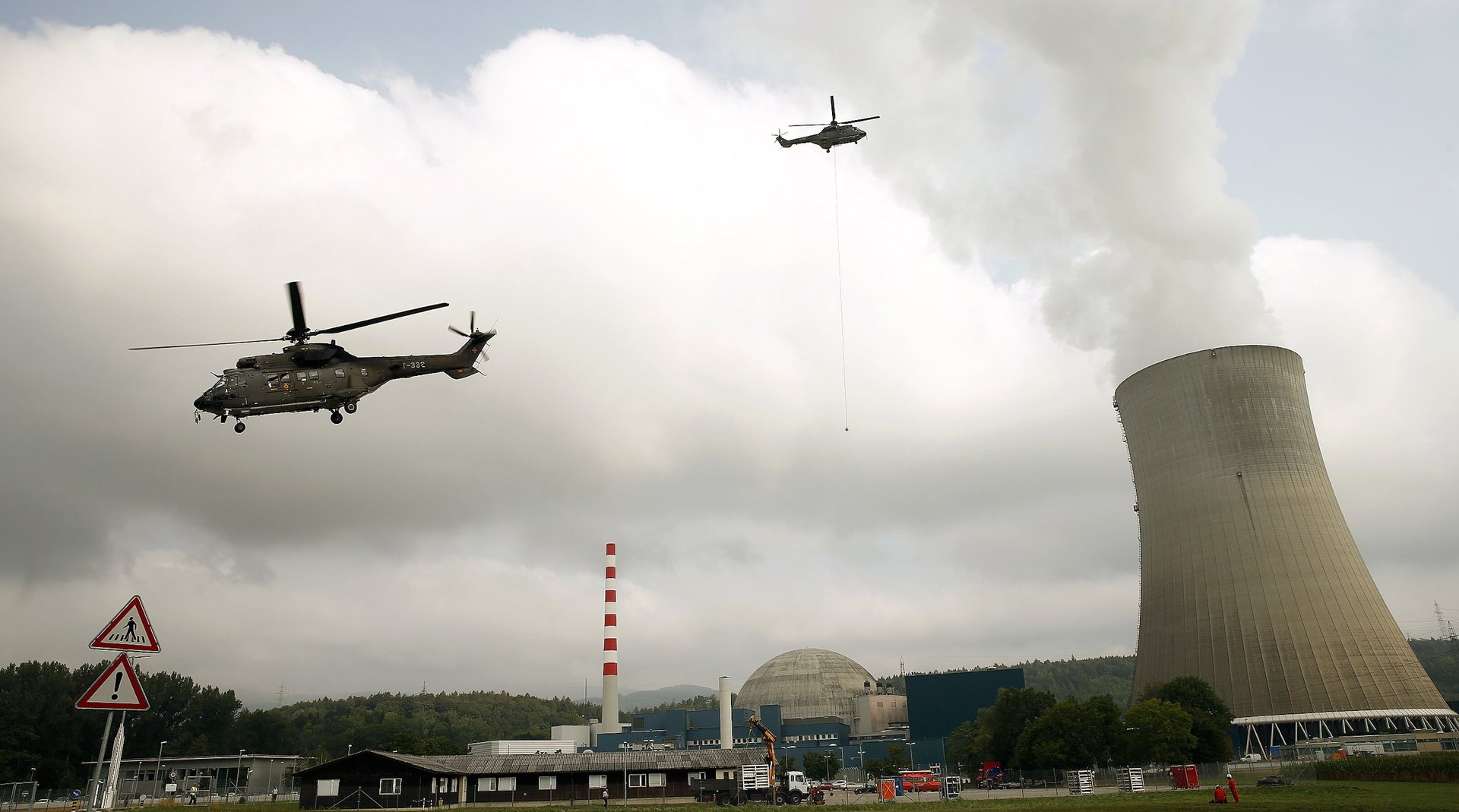Time to tap in to an underused energy source: wasted heat
Millions of people worldwide can’t afford to keep their homes warm, but few realize the heat wasted in our energy system could provide the answer.


Millions of people worldwide can’t afford to keep their homes warm, but few realize the heat wasted in our energy system could provide the answer.
We need to do more to prevent valuable energy being lost to the environment as heat. It’s not just drafty buildings—power stations lose a vast amount of heat through their cooling towers or dumped into waterways, equivalent in the UK to a third of final energy use, while UK industry wastes enough heat to warm more than two million households. Storing this heat can even help us manage renewable energy—at lower cost than batteries.
A 2013 study by Buro Happold showed that tapping into the waste heat rejected into London’s environment could provide enough warmth for the whole city. What’s needed is a strategy to “join the dots” between waste heat sources and demand for heat using new infrastructure. Early initiatives are currently underway, looking to capture waste heat from the London Underground and from transformers on the power network to heat homes.
In Scandinavia and Eastern Europe, communities often share their heat sources, with customers connected to a “heat network” carrying hot water in well-insulated pipes. Instead of having boilers in individual buildings, they have heat exchangers which pass heat from pipes buried under the street outside to heating systems inside. For example, in Warsaw individual boilers were replaced with a network during post-war reconstruction, leading to big reductions in local air pollution.
In the UK, cities such as Sheffield and Nottingham have pioneered these networks to distribute heat from waste incinerators. Burning off household waste produces a lot of heat, and putting this energy to use helps the cities to tackle fuel poverty and reduce their carbon footprints. Sheffield already has 50 km of heat pipes in its city center, and a new power station fueled with locally sourced waste wood will generate renewable electricity and also energy to feed into an extended heat network.
Making energy storage easy… with heat
Industrial processes rarely produce heat at the right time to meet demand, but energy can be stored in these heat networks by using large, well-insulated hot water tanks that can hold the energy for several days. Boreholes deep underground could store heat between whole seasons. After all, energy stored as heat costs far less per unit than electricity stored in batteries.
Energy storage would be part of any plan for Sheffield to make use of industry’s wasted heat, but the benefits could extend much wider than the city itself. As increasing amounts of intermittent renewable energy are fed into the national grid, large heat stores for power stations with a heat network allow for flexible electricity outputs. At times of excess electricity production from renewables, this energy could be taken from the grid and stored as heat.
Since heating uses up 44% of the UK’s energy, and a similar amount in the US, heat networks with energy storage can play a major role in making national energy systems more efficient and sustainable. Even in warmer climates, there is a growing market for district cooling systems which operate on similar principles.
People working in energy policy are only just beginning to think in a more holistic way by considering how best to provide heat and electricity. So much energy is needed for heating that we won’t meet our emissions targets without a joined-up policy. A more efficient energy system, where heat is valued, preserved and put to use, can lower people’s bills while at the same time reducing carbon emissions and air pollution.